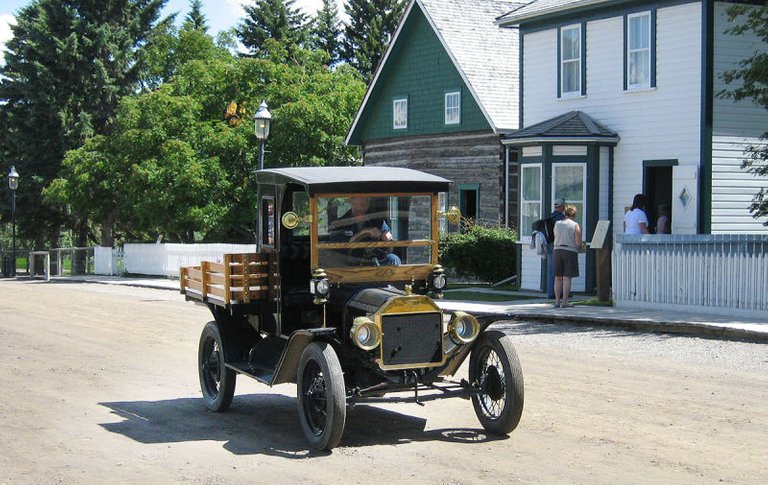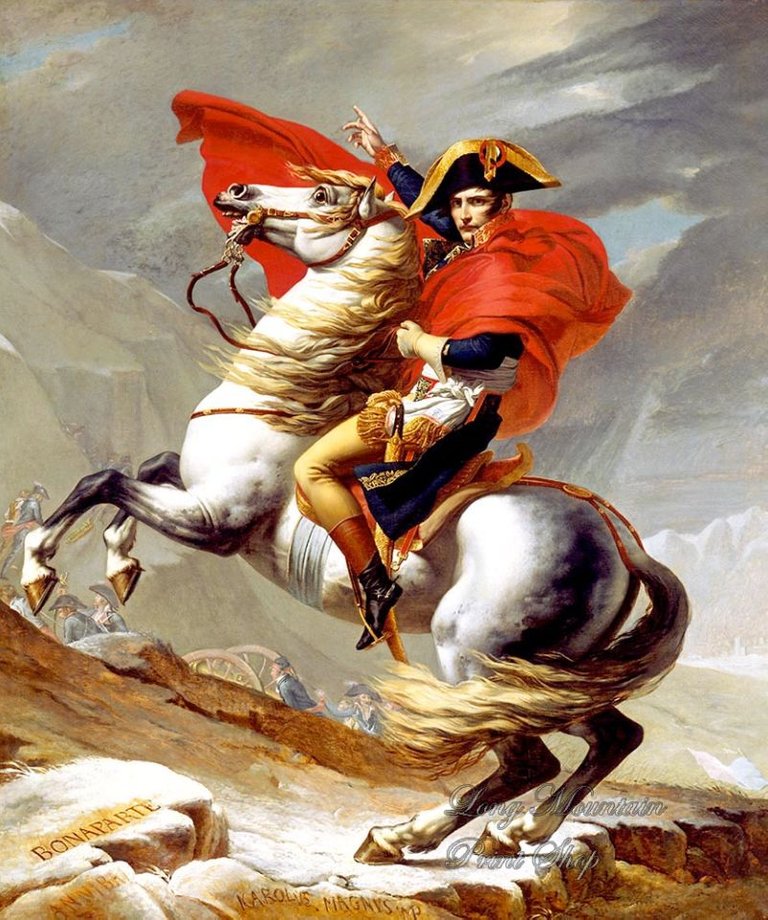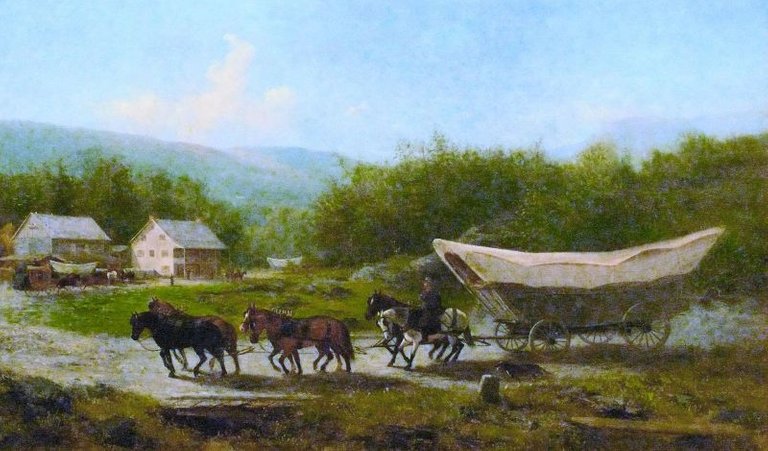Why in the UK do you circulate on the left (and why did everybody do it for centuries)?

554/5000
If there is a British custom known outside the UK it is to circulate left on the road. The rule is often termed extravagance, but the truth is that it is not the only country that has it. Moreover, centuries ago in your country also circulated on the left.
Rather than wondering why in the UK are circulating on the left, the interesting question is why in the rest of the world we decided to start doing it on the right. Much of the blame (but not all, much less) has US tycoon Henry Ford.

In 1988, a team of archaeologists discovered a path from the time of ancient Rome. The strongest tread marks and footprints were on the left side. It is not the only example. Archaeological evidence and historical documents point to the fact that the human being has been circulating on the left for centuries.
The reason for this custom is a curious mixture of security with the prevalence of right-handed lefties. Only between 8 and 13% of the population is left-handed. The rest are skillful. In ancient Rome or the Middle Ages it was not uncommon for people to circulate with a weapon to defend themselves, whether it was a sword, an ax, a pike, or a humble cane. 85% of the travelers handled these weapons with the right hand.
DRAW THE SWORD IN TIME

At the time of venturing along the roads, travelers used to choose the left side because that allowed them to prepare the weapon faster in case they needed to defend themselves. The first law that made this custom compulsory was an edict of Pope Boniface VIII urging the pilgrims of the Way of Saint James to circulate on the left, probably also for their own safety. In 1756, the United Kingdom issued a standard recommending riders and left-hand carriages to cross the London Bridge, but it was probably a practical law to facilitate transit on the bridge. The normalization of circular by the left in United Kingdom did not arrive until the Highways Bill of 1835.
And in other countries? As it turns out that to circulate by the left was the habitual practice in many places. At the beginning of the 20th century, it was recorded that parts of Brazil, parts of Chile, parts of Chile, parts of Austria, Sweden, Iceland, Argentina, Uruguay, Paraguay, From Italy, China, the Philippines and Burma.

It is said that Napoleon (who was left-handed) was one of the people responsible for moving today on the right because he imposed this rule in the countries he conquered. Not really. What it did is to maintain (in France) a symbolic custom of the French revolution that forced all the travelers to circulate by the right to be equal. Until then, only commoners circulated on the right to avoid being overwhelmed by the horses and carriages of the lords, who went to the left.
A WHIP CLEAN TO THE CAR

The United States was one of the first countries to change the direction of circulation, and did so again because of the prevalence of right-handers. This time it was no longer a sword, but a whip.
The first carriages used by settlers, like the archipopular Conestoga Wagon, used shots of four or six horses. Instead of sitting in his own car, the driver rode the last horse on the left side because from that position he was easier to handle the rest of animals with the whip in his right hand. In addition, from that position he could better control that the car would not collide with others when crossing narrow roads. The driver who came from the front also liked this system.
Over time, the rule of law on the right became law. The first state to formalize circulation on the right was that of Pennsylvania in 1792. They soon followed the rest.

In the first years after the arrival of the car there was no consensus. Some models had the driver's seat in the center. Others had it on the left, and others on the right. Normalization came from the hand of Henry Ford. The tycoon chose to put the wheel of his Ford T on the left side because the laws already stipulated that it had to circulate by the right side. The company's production system filled the United States with Ford T cars and right-hand traffic became the norm.
At present, there are more than 60 countries or territories where the old custom of circulating on the left is maintained and not all are British colonies. Some examples are Kenya, Mozambique, Uganda, The Bahamas, Jamaica, Trinidad and Tobago, Singapore, Hong Kong, Japan, Pakistan, Thailand, Cyprus or Malta. Until Sweden it circulated by the left until 1967, date in which it decided to change of side.